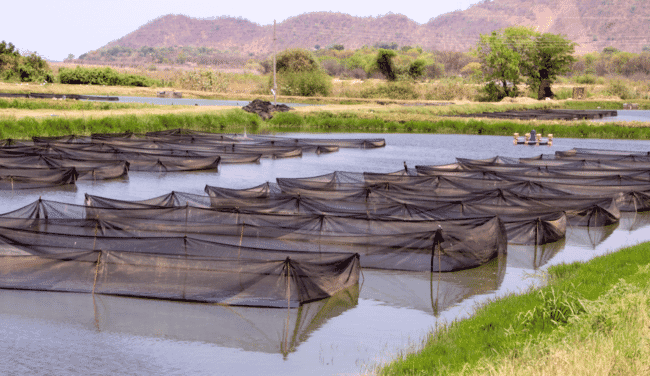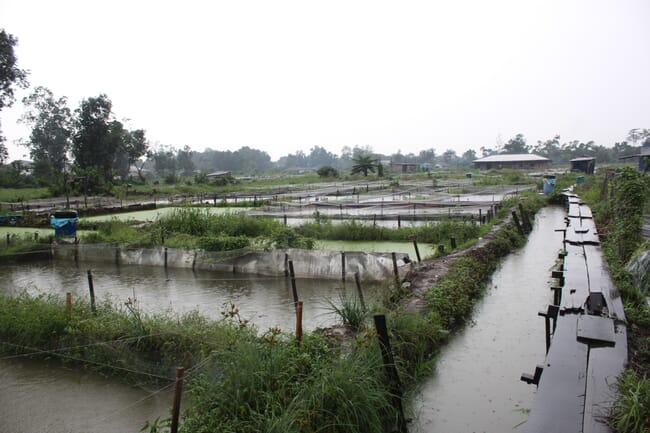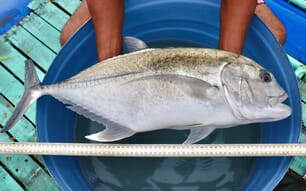
Hapas are used when spawning tilapia and small carp and can help control fouling © Lake Harvest Group
Tilapia aquaculture is gaining ground in many tropical and subtropical countries – helping secure livelihoods and food security. But the industry faces sustainability challenges, and the strength of the farmed tilapia value chain depends on viable seed production.
Tilapia larvae, or seed, are produced in two main ways: earthen ponds or hapa nets that are erected in ponds. But farmers and researchers continue to debate which system produces the greater number of larvae.
Spawning in ponds or hapas?
Researchers from the Institut National Polytechnique Félix Houphouët-Boingy, the Université Montpellier and the Université Nangui Abrogoua compared the production of Nile tilapia (Oreochromis niloticus) larvae in two systems: earthen ponds and hapas in ponds.
Over a 98-day trial period, 900 tilapia broodstock spawned in two 500 m² earthen ponds, and another 900 broodstock in 50 m² hapas, each installed in a 1,200 m² pond. The sex ratio was one male to two females at a density of 0.9 broodstock/m² for a density of 450 broodstock per pond and 45 broodstock per hapa.

The trial showed that earthen ponds helped farmers produce more tilapia larvae
After breeding in each system, the researchers harvested and counted the larvae every 14 days. They evaluated the survival and growth rate of the broodstock, as well as the reproductive performance of the females.
“There were no significant differences between broodstock survival rates in the two systems,” they report. However, the broodstock showed significantly higher growth in the ponds than in the hapas.
Larval production
According to the study results, female tilapia in ponds produced a significantly higher number of larvae than their counterparts raised in hapas. Furthermore, the best reproductive performance was recorded in pond-reared broodstock.
- Absolute productivity was recorded as 93.1 larvae per female.
- Relative productivity was recorded as 0.3 larvae per gram of female.
- System productivity came in at 3.9 larvae/m² per day
The researchers concluded that tilapia farmers should opt for earthen ponds when raising broodstock, citing the higher number of larvae per female and the higher larvae quality.




